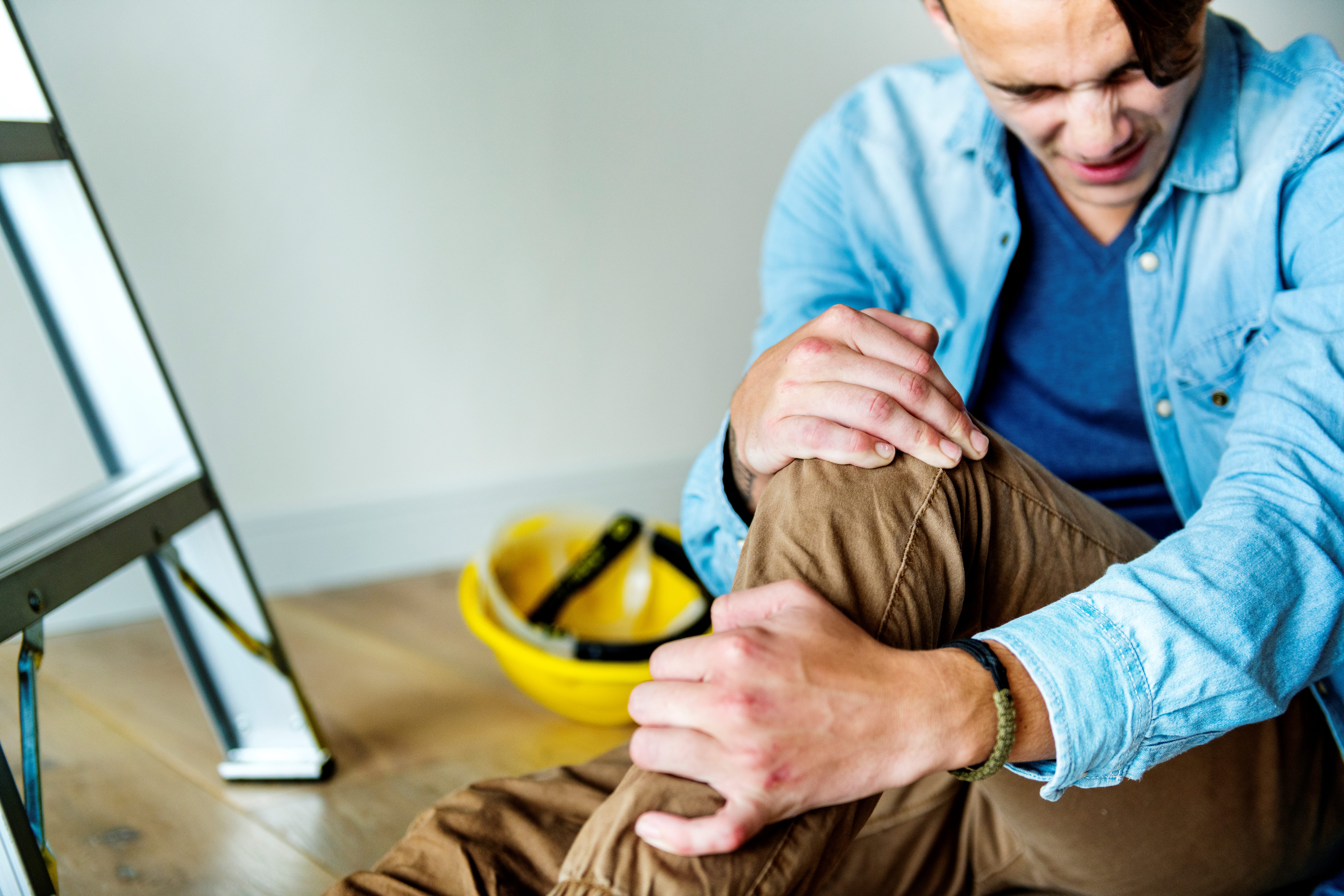

Sponsored Ads

Sponsored Ads

Slip and fall accidents can cause various injuries, including significant damage to the knees. In this article, we will explore five common knee injuries that individuals may experience as a result of a slip and fall accident. Understanding these injuries, their symptoms, and available treatments can help individuals recognize and address potential knee issues after such incidents.
By being aware of these injuries, individuals can take appropriate measures to seek medical attention and minimize long-term complications.
Anterior Cruciate Ligament (ACL) Tear
A major ligament in the knee, the anterior cruciate ligament (ACL) provides stability. In a slip and fall accident, the sudden force or twisting motion can cause an ACL tear.
The symptoms of an ACL tear are
- A popping sound at the time of injury
- Severe pain
- Swelling
- Instability
- Difficulty bearing weight
Treatment options for an ACL tear include physical therapy and bracing to surgical reconstruction, depending on the severity of the tear.
Medial Collateral Ligament (MCL) Sprain
Located on the inner part of the knee, the medial collateral ligament (MCL) helps stabilize the joint. A sudden force due to a slip and fall accident stretches or tears the MCL. Common symptoms of an MCL sprain include pain, swelling, tenderness along the inner knee, and instability.
Treatment for an MCL sprain typically
- Rest
- Ice
- Compression
- Elevation (RICE)
- Physical therapy
- Use of a knee brace
- Severe cases may require surgery
Meniscus Tear
A C-shaped cartilage in the knee, the meniscus aids in impact absorption between the thighbone (femur) and shinbone (tibia). A slip and fall accident can cause a twisting motion that leads to a meniscus tear. Symptoms of a meniscus tear are
- Pain
- Swelling
- Stiffness
- Catching or locking sensation in the knee
- Difficulty moving the joint
Treatment options for a meniscus tear may include
- Rest
- Ice
- Medication
- Physical therapy
- Arthroscopic surgery to remove or repair the damaged meniscus (in some cases)
Patellar Fracture
The patella, commonly known as the kneecap, can fracture or break due to the impact sustained in a slip and fall accident. Symptoms of a patellar fracture include severe bruising, an inability to straighten the knee, pain, swelling, and a noticeable deformity.
Treatment for a patellar fracture involves
- Immobilization with a cast or brace
- Surgery to realign and fixate the fractured bones
- Rehabilitation to restore strength and mobility
Patellar Tendonitis
Patellar tendonitis, also known as jumper's knee, is an overuse injury that can be aggravated by a slip and fall accident. A sudden force or impact can worsen the condition. Symptoms of patellar tendonitis include
- Pain
- Tenderness below the kneecap
- Swelling
- Difficulty performing activities that involve bending or straightening the knee
Treatment options for patellar tendonitis typically include rest, physical therapy, anti-inflammatory medications, and, in severe cases, corticosteroid injections or surgery.
Things You Need to Do After a Slip and Fall Accident
If you’ve been injured in a slip and fall accident, you’re well within your rights to seek compensation. The sum you seek will be used to treat any injuries you have sustained or compensate for any property damage you have incurred.
But seeking compensation is impossible without a lawyer. Here’s what an experienced slip and fall attorney does once you hire them.
- Establish Liability: The lawyer will help find the party/parties liable for your slip and fall accident. They will go through the circumstances under which the accident happened and zero in on the liable party/parties.
- Investigation: Your slip and fall lawyer will conduct an investigation of their own to determine the facts of the case. This involves collecting witness statements, seeking opinions from expert witnesses, and hiring private investigators.
- Settlement Negotiation: Insurance adjusters usually offer low amounts to slip and fall victims to quickly close the case. Your lawyer will negotiate hard with insurance adjusters to get you fair compensation.
- Represent You in Court: When out-of-court negotiations fail, your slip and fall case will move to court, where it will be presented before the judge and jury. In instances like this, your lawyer will represent you and make compelling arguments on why you deserve the requested compensation sum.
Conclusion
Slip and fall accidents can result in various knee injuries that cause pain, discomfort, and functional limitations. Recognizing the symptoms associated with these injuries and seeking appropriate medical attention is crucial for effective treatment and recovery.
By understanding the nature of these injuries and the available treatment options, individuals can take proactive steps to manage their knee health after a slip and fall accident.
Sponsored Ads

Sponsored Ads

